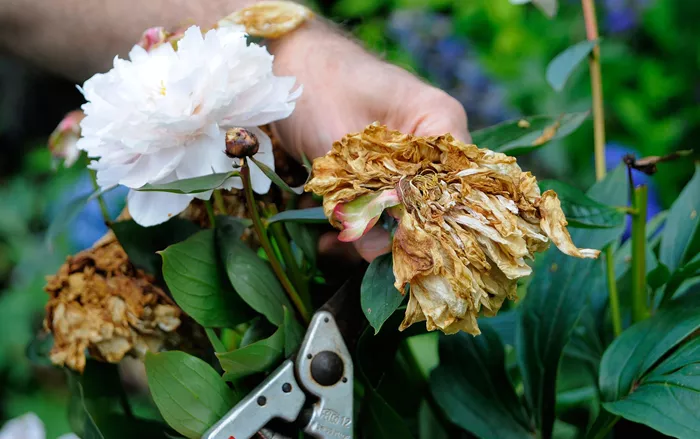Peonies are a beautiful sight in late spring and early summer, but once their flowers fade, many gardeners wonder if they should remove the old blooms. The answer is yes, and doing so offers several benefits beyond just appearance.
Why Deadhead Flowers?
For many flowers like dahlias and petunias, deadheading-removing spent blooms-encourages the plant to produce more flowers by stopping seed production. When a flower fades after pollination, the plant focuses energy on making seeds. Removing the old flower forces the plant to bloom again.
Deadheading Peonies: What’s Different?
Peonies don’t produce more flowers in the same season after deadheading. Instead, removing faded flowers helps keep the plant healthy and attractive. Deadheading peonies:
Improves the plant’s look by removing wilted petals and messy old flowers
Prevents the plant from wasting energy on seed production, allowing it to grow stronger roots and stems for next year’s blooms
Reduces the risk of fungal diseases by removing old plant material where fungi can grow
How to Deadhead Peonies
Use clean, sharp pruning shears to cut off the faded flower stem. Follow the stem down to a leaf node (where a leaf grows) and make the cut there, which helps hide the cut stem and keeps the plant neat. Deadhead once or twice a week during the blooming season for best results.
When to Deadhead
Remove flowers after they start to wilt but before seed pods fully form, usually in late spring or early summer. If you miss the perfect time, it’s still helpful to cut back faded blooms later.
Additional Tips
Don’t cut back the leaves until after the first frost, as leaves help the plant prepare for next year’s flowers.
Tree peonies, which have woody stems, also benefit from deadheading for appearance and health but require gentler trimming.
By regularly deadheading your peonies, you help them stay healthy and prepare for a strong bloom next year, making your garden more beautiful season after season.


